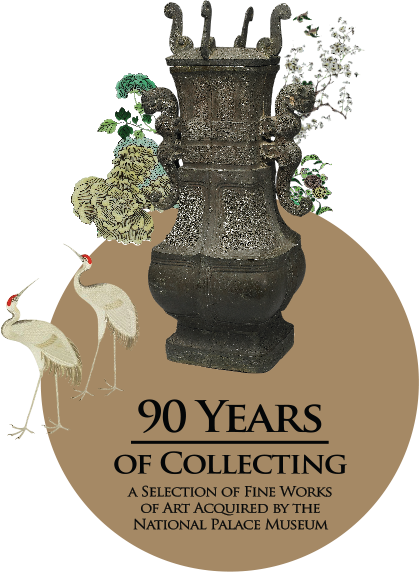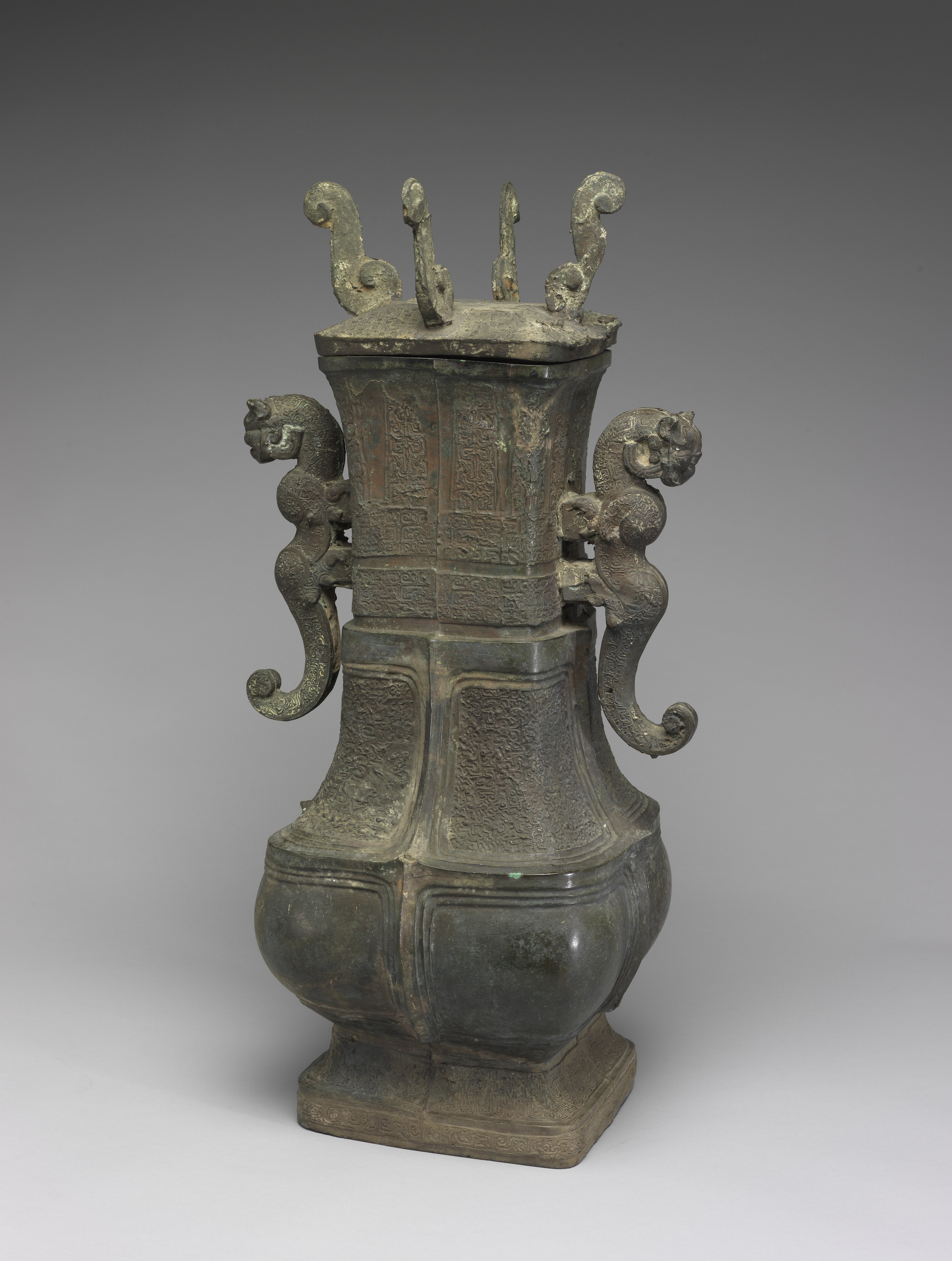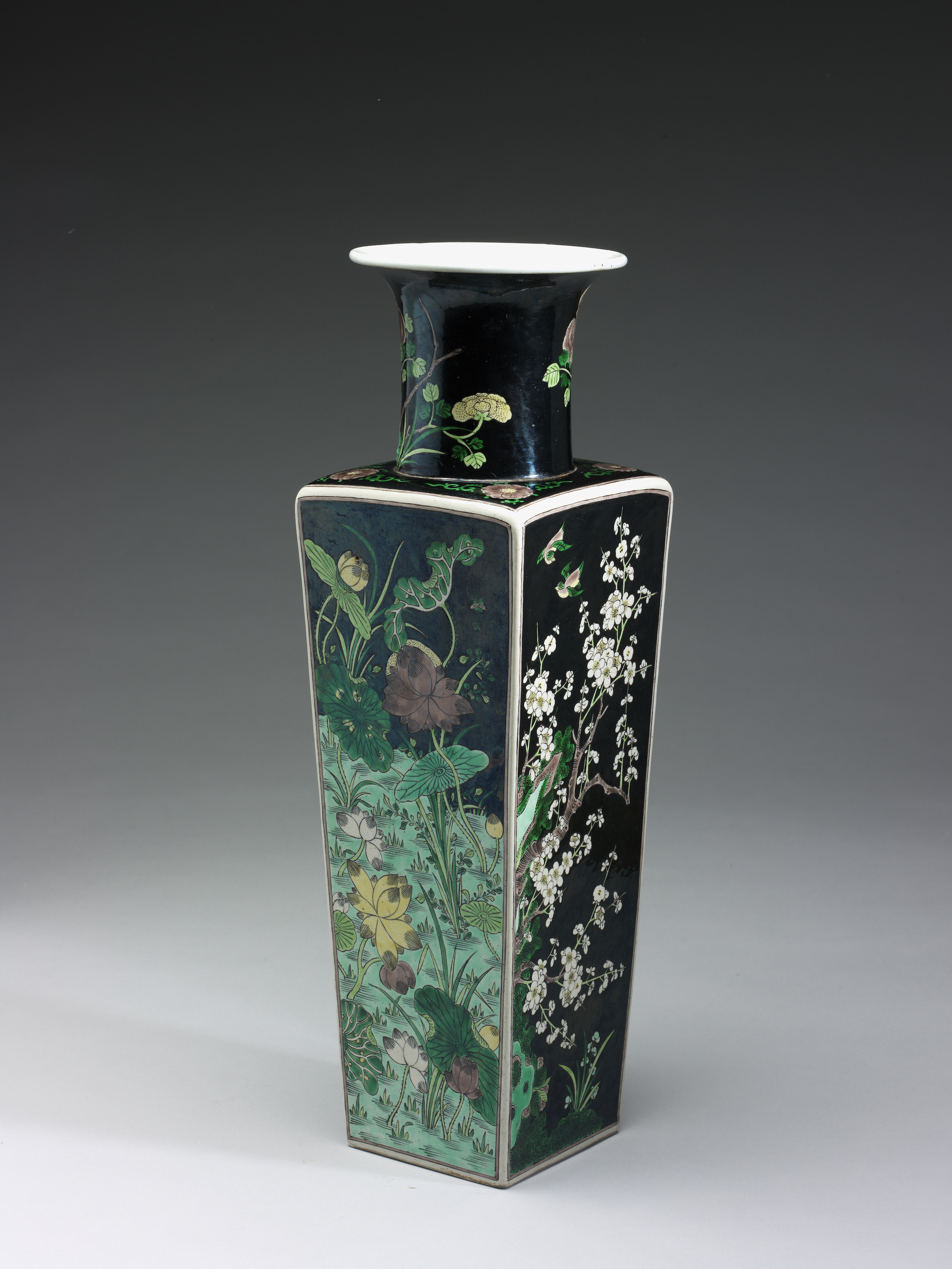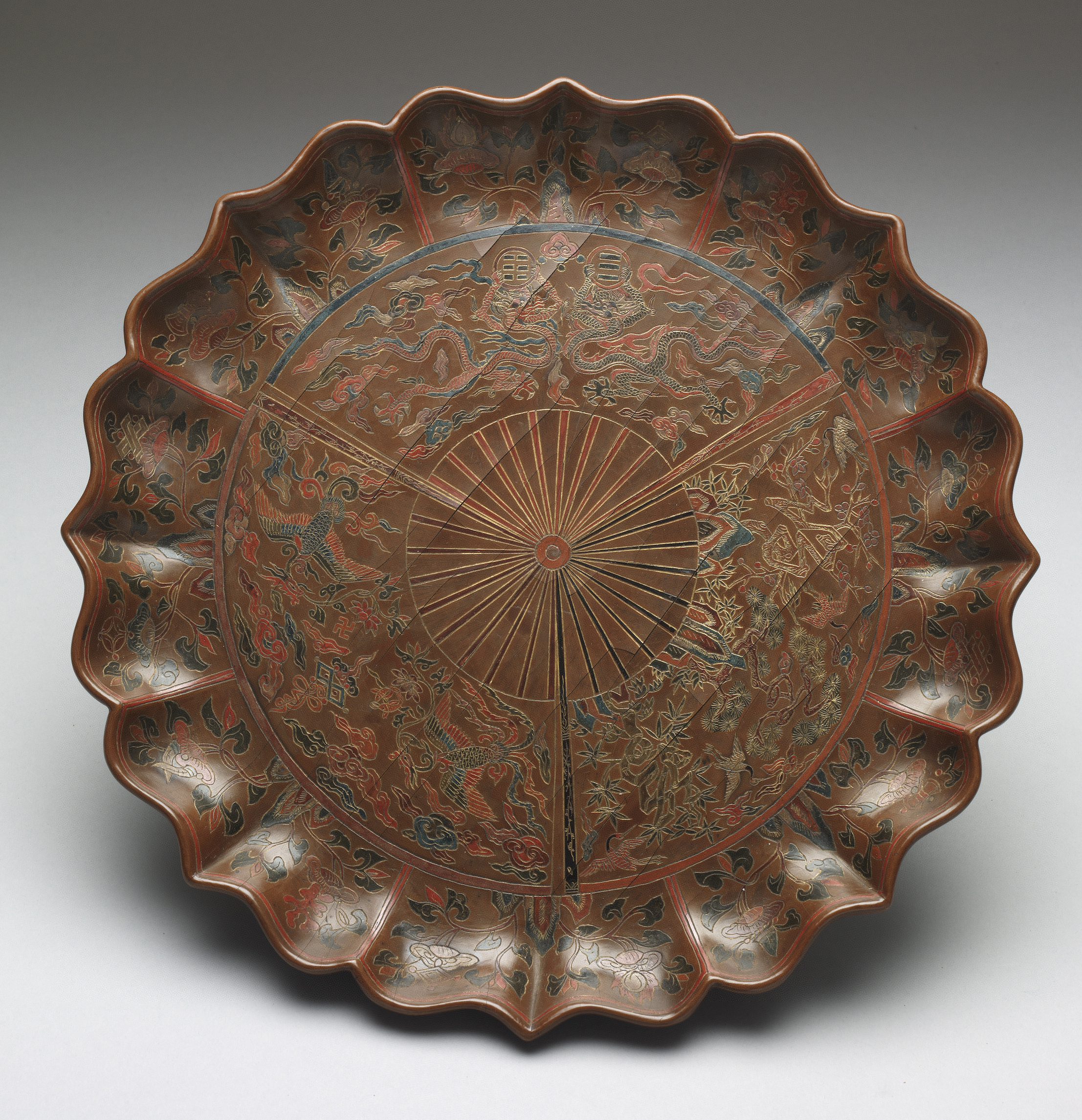The number of artifacts added to the Museum's collection of antiquities since its founding 90 years ago has grown to 17,000 pieces, accounting for almost one fourth of the holdings. Aside from those acquired in Mainland China by purchase and through the acceptance of archaeological finds, donations, and transfers, the bulk of these additions have since the Museum's relocation to Taiwan come from purchases and donations. They have mostly been acquired to fill the distinct gaps inherent in the original assemblage, which comprises, for the most part, ritual objects, vessels and implements exclusively for imperial use, and decorative curios. While these objects are somewhat different from the fine and ornate collection of the Qing imperial court, they can help us construct a more comprehensive framework for the study of the history of Chinese antiquities. Notable examples include jades, bronze wares, and ceramics from the Neolithic era to the pre-Qin period, which, unfamiliar to Qing historians, were to be appreciated and acquired from the marketplace by private connoisseurs. Some of them eventually ended up in the collection of the Museum by different routes. Well cared for and exhibited, they continue to expand the scope of our knowledge of Chinese culture in the distant past.
Many types of ordinary domestic implements and marketplace commodities of cultural and historical significance are not well represented in the imperial collection, such as ceramics from commercial kilns, Ming and Qing trade porcelains, portrait tiles, funerary figurines, and gold-engraved or plain lacquer wares. It is through the generosity of a large number of private collector-donors and the Museum's own acquisition endeavors over the years that we have been able to enhance the diversity and integrity of the holdings. These benefactors are mostly individuals of public spirit who, fully aware of the museum's role as an institution that collects artifacts and makes them available for public viewing, do not hesitate to devote their treasured collections to the general welfare. The donations made to the Museum by Ji Xinfu, Tan Yan-kai, and other important political figures may well be considered works that manifest a continuation of the aesthetic traditions of the Qing imperial court, while those made by the families of Chang Dai-chien, Chiang Chao-shen, and others have ushered in new chapters in the annals of Chinese art, sustaining their uninterrupted progress.
This section is made up of three parts, "Jades and Bronzes," "Ceramics," and "Studio Objects and Curios," each of which introduces some of the finest pieces and outlines an aspect of the Museum's new era of collecting.
Jades and Bronzes
Presented in this sub-section are what were unfamiliar to the Qing imperial collectors – the archaeological finds of jades and bronze wares. Since the discovery of the Yin Ruins at Anyang in Henan province in 1928, nearly nine decades of archaeological excavations and studies have dramatically changed our understanding of early history. Take jades for example. As no historical records are found on those from the late Neolithic period, the significance of early religious beliefs imbedded therein and the stunning artistic achievements of our ancestors have not yet been fully comprehended. Through meticulous research and timely acquisitions, the Museum's professionals have been able to elucidate some insights into the origins of Chinese civilization, making up for the aspects not attended to by imperial collectors in their admiration of the objects.
Jades and bronzes from the Shang and Zhou dynasties are elegant and ornate works that bear authentic historical evidence. In fact, bronze inscriptions are themselves the sources of first-hand historical information. Not only are they to supplement and clarify official histories, but also to reveal past events previously not known nor fully understood. Jade objects from the Han dynasty give us insights into early burial customs. Many of the funerary jade objects, though simple in style, are important references for research into Chinese burial rites and practices. The dynamic tinges of the flowing lines and the vividly rendered mythical creatures are symbolic of the ideology of immortality of the time.
Bronze hu wine vessel of Lady Zeng
- Early Warring States period (403-340 BCE)
- Height with lid: 78.3 cm, height of vessel: 68.8 cm, internal depth: 55.8 cm
These two lidded hu vessels are rounded and square in shape. Their lids and necks bear curled decorations. The inscription has it that Lady Zeng, the wife of King Sheng of Chu, had chosen Yangling as her burial site in the 26th year of the reign of King Xuan of Chu (344 BCE). It is documented in The Records of the Grand Historian (Shiji) that King Sheng was killed by bandits after six years on the throne (402 BCE).
The King was survived by his wife. Knowing in her advanced age that she would not be buried with the King, Lady Zeng made these hu vessels to express where she wished to rest alone in peace in the hope that the Chu king's family would not forget to worship her after her death. Of great historical value, the inscription and its characters are typical of the Chu style of the Warring States period.
It is said that these hu vessels were unearthed at the burial site of King You of Chu in Shou County in Anhui in 1932. It later entered the collection of Mr. Liu Tizhi before it was acquired by the Preparatory Office of the National Central Museum. Large and imposing, these vessels are clearly dated and elaborately decorated, illustrative of the bronze wares from the State of Chu of the period.
Ceramics
Originating from the Qing imperial collection, the Museum's holdings of ceramics are best represented by white-glazed and celadon wares of the Song dynasty, as well as works produced at Jingdezhen in kilns administered by the Ming and Qing courts. Based on this foundation, the Museum has over the past decades been attempting at augmenting the holdings with works not represented in the imperial assemblage, in the hope that a more comprehensive ceramics collection may be formed.
This sub-section is intended to present selected objects that have been acquired by the Museum over the years. There are painted and black potteries from various Neolithic cultures, as well as portrait tiles from the Han dynasty, the constituent parts in tomb construction bearing witness to the practice of holding elaborate burials and the concept of the realm of afterlife. Featured on the titles are images or patterns of divination and occult beliefs, and those that identify the deceased and his achievements. Green wares from the lower Yangtze River produced during the Han dynasty chronicle the development of high-temperature firing, marking the dawn of the tradition of celadon making in the 1,000 years to come. The painted figurines of the Tang dynasty serve as guardians and attendants in the afterlife for the deceased. Ceramic wares for daily use became popular in late Tang dynasty, and they were exported to Asia and Africa. The trade expanded even farther to Europe and the Americas during the Ming and Qing dynasties, making Chinese ceramics a bearer and disseminator of culture.
While these additions have enriched the Museum's ceramics holdings to a certain extent, considerable efforts are required in the years ahead to build a more well-rounded collection.
Square vase decorated with flower-and-bird pattern in three-color glaze of famille noire on black ground
- Kangxi reign, Qing dynasty (end of the 17th to first half of the 18th century)
- Height: 51.2 cm, depth: 49.8 cm, diameter of mouth: 15.1 cm
This square vase has a round neck and a flat base. The form is inspired by the ancient jade cong tube. On the bottom is a square recess bearing the Kangxi reign mark in regular script. The style of the calligraphy is informal. It was a commercial piece rather than for imperial consumption. After firing at high temperature, the design was sketched with smoked ink using lines and small dots. The green leaves, yellow and purple lotus, chrysanthemums, hibiscus, and other seasonal flowers then were added. In the spaces there are plum flowers. Birds and butterflies fly among the flowers. Once the decoration was complete the remaining space was filled with black glaze. The entire piece was then covered with a layer of transparent lead white glaze and fired at a low temperature. This is a very typical sancai piece from the Kangxi period.
The technique of using ink to decorate ceramics originated in the Kangxi reign. It is a rich bright black. These stylish objects were mainly for export to Europe where they were treasured as "lacquer wares." This vase was one of a number of objects returned in 1950 to Taiwan from Japan as part of a settlement related to the Second Sino-Japanese War.
Studio Objects and Curios
The exhibits presented in this sub-section are made from a variety of materials, including lacquer, bamboo, wood, and stone. The Museum's core collection of lacquer wares is mainly made up of carved works from the Ming and Qing dynasties. The Ming lacquer wares showcasing the gold-engraving technique known as qiangjin and the Song example made with carved tixi lacquer are among the new additions in this genre of art. With the advancement of epigraphic studies during the Qianlong and Jiaqing reigns of the Qing dynasty, many scholars and literati became enthusiastically involved in the engraving and collecting of seals. They associated themselves through the medium of seal, and with which they checked up on one another's expertise, gradually making the art of seal carving an illustrious discipline of study. It is on account of this artistic trend that seal carvings, especially those of the Republican period, occupy a significant portion of the Museum's acquisitions. Made by famed artists, these seal carvings are of the finest quality. For this presentation only one piece by each artist has been selected to demonstrate their achievements, in the rather limited space the seal permits, in the three perfections of poetry, calligraphy, and carving. Equally interesting are the stories between the artists and the individuals for whom the seals were carved, accounts that reveal the spectacular gathering of talents and their communion during the early Republican period.
The late Qing and the early Republican period also saw the rise of folk arts and crafts. The pair of framed screens with Suzhou embroidery and the miniature ivory carving on view in this sub-section are deliberately produced works that exemplify the continuity of the Qing technical traditions. The bottle gourd with thematic engravings from Lanzhou, on the other hand, is illustrative of the skillful integration of folk craftsmanship and local cultural elements. The gilt dry-lacquer statue from Fuzhou is another example that embodies innovative techniques of sculpting and lacquer coating.
Eight-petal polychrome lacquer plate with auspicious patterns and engraved gold design
- Jiajing reign (1522-1566), Ming dynasty
- Height: 4.2 cm, diameter of plate: 34.2 cm, diameter of foot: 26.5 cm
This plate features an eight-petal design with a brown lacquer finish, and the bottom is engraved with a Jiajing reign mark. The patterns were first inlaid in gold then filled in with red, green, blue, brown, white, and black colored lacquer. The colors are modest, and the surface has a fine polished finish. The rim is decorated with rocks, assorted floral motifs, and auspicious treasures. The center of the plate has a design of three opened folding fans, and the guards are decorated with plum flowers in black, red, and brown using the qiangjin engraving technique. Each fan has a different theme, a pair of dragons, and a pair of phoenixes representing longevity, as well as a pine, bamboo, and crane motif. The execution of the image is exquisite, meticulous, neat, and tidy. It is a typical theme from the Jiajing period. The collection of lacquer wares in the Museum is mainly made up of works from the Ming and Qing dynasties. Polychrome lacquer wares made using the qiangjin technique was popular in the Ming dynasty, and this piece can be compared to other lacquer objects of the same period in the Museum.
